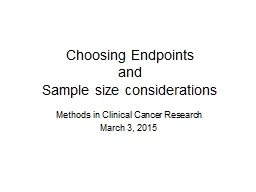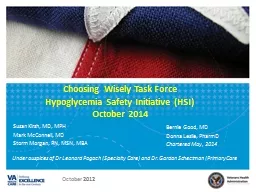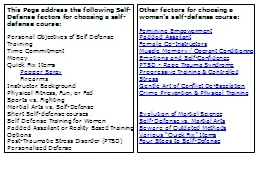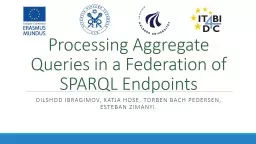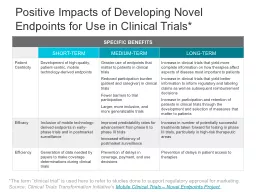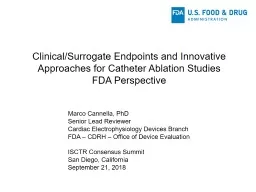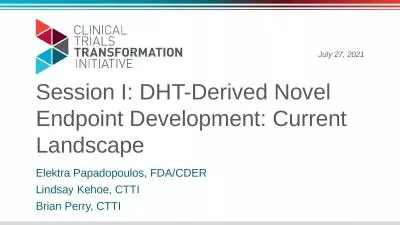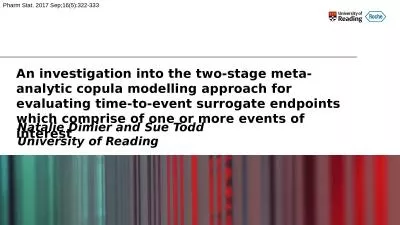PPT-Choosing Endpoints
Author : trish-goza | Published Date : 2017-06-20
and Sample size considerations Methods in Clinical Cancer Research March 3 2015 Sample Size and Power The most common reason statisticians get contacted Sample
Presentation Embed Code
Download Presentation
Download Presentation The PPT/PDF document "Choosing Endpoints" is the property of its rightful owner. Permission is granted to download and print the materials on this website for personal, non-commercial use only, and to display it on your personal computer provided you do not modify the materials and that you retain all copyright notices contained in the materials. By downloading content from our website, you accept the terms of this agreement.
Choosing Endpoints: Transcript
Download Rules Of Document
"Choosing Endpoints"The content belongs to its owner. You may download and print it for personal use, without modification, and keep all copyright notices. By downloading, you agree to these terms.
Related Documents

